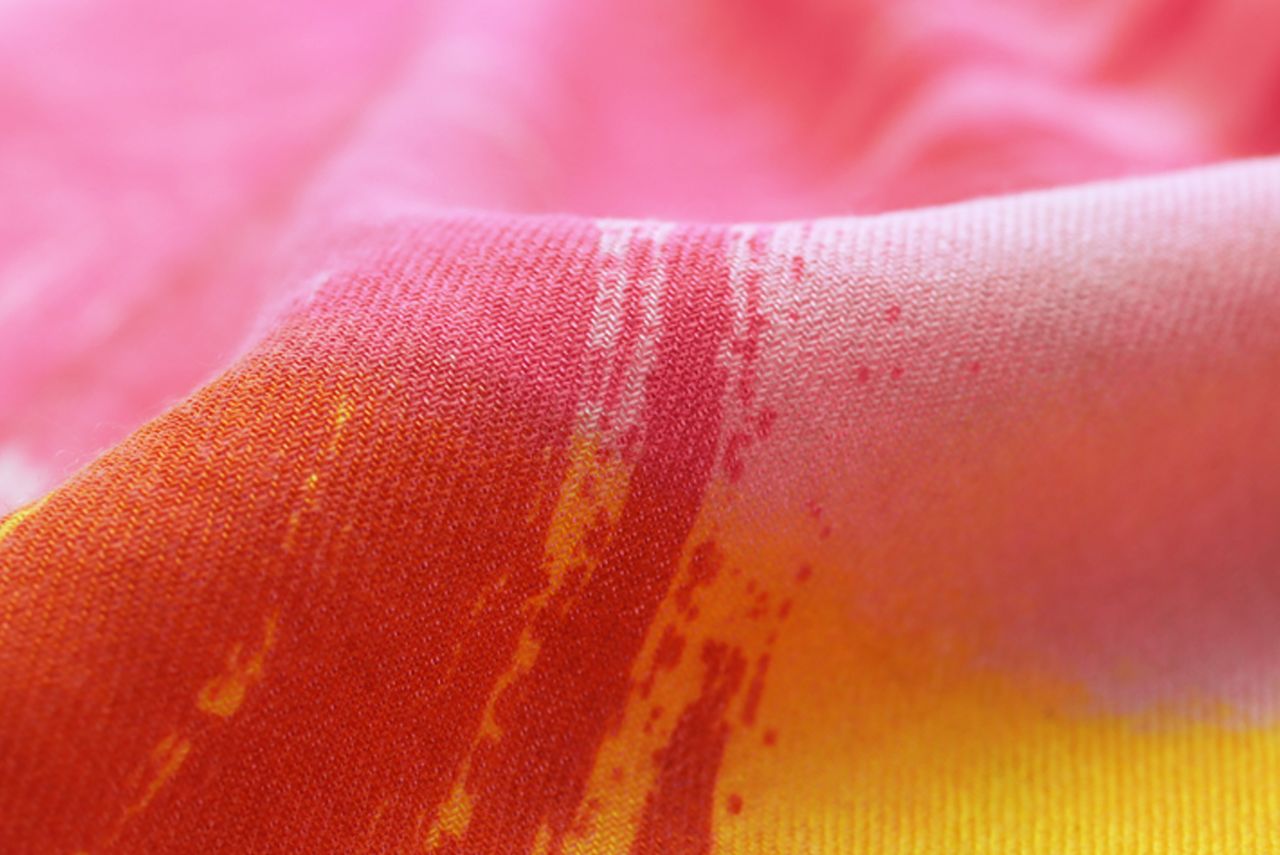Climate Action Plan case study: Rewilding Textiles

- Written byProfessor Carole Collet, Professor in Design for Sustainable Futures. Director of MAISON/0

Creating a bio-based colouring system for fashion and textiles
Rewilding Textiles is a research project from Maison/0. Maison/0 is the Central Saint Martins-LVMH creative platform for regenerative luxury.
Can we align a textile colouring system with regenerative principles? Rewilding Textiles explores the intersection of bio-based and bio-circular colouring processes. Much of global textile production relies upon synthetic dyes, derived from crude oil. This project reimagines a textile industry that is not dependent on petro-chemicals, which emit carbon. Traditional natural dyes do not offer a viable alternative on a global scale. They can also pose environmental issues. As new possibilities continue to emerge, like bacterial, algae, and food waste dyes, the project aims to prototype a bio-based colour palette. It prototyped a post-petrol colouring system, for use in fashion and textiles. A system which integrates these alternative processes to expand their combined potential.
The project celebrates textile farmers and suppliers who have transitioned to regenerative agriculture. In collaboration with The Sustainable Angle and the environmental team at LVMH, Maison/0 sourced a range of regenerative cotton, wool, mohair, nettle and silk. All using ancestral, indigenous and contemporary techniques that restore biodiversity and draw down atmospheric carbon.
Rewilding Textiles is based on the belief that design-led research can speed up change. It showcases how design informed by nature can activate new, bio-informed approaches to textile colouring.
The project was exhibited at the Future Fashion Expo in June 2022 in London. The showcase was accompanied by a publication which acts as an entry point into regenerative textile design. This publication features a series of short articles, interviews, and toolkits for regenerative design. It encourages designers to use their creative agency, to transition to a regenerative fashion practice.